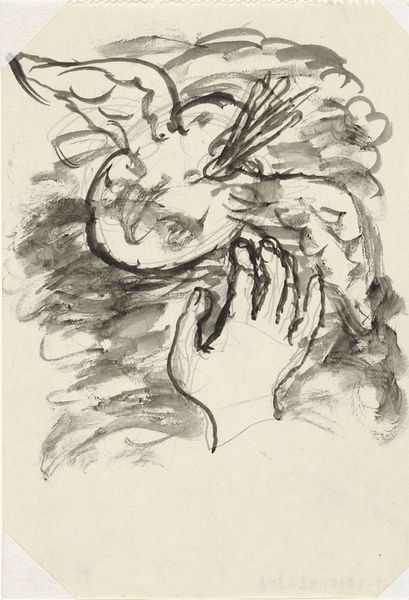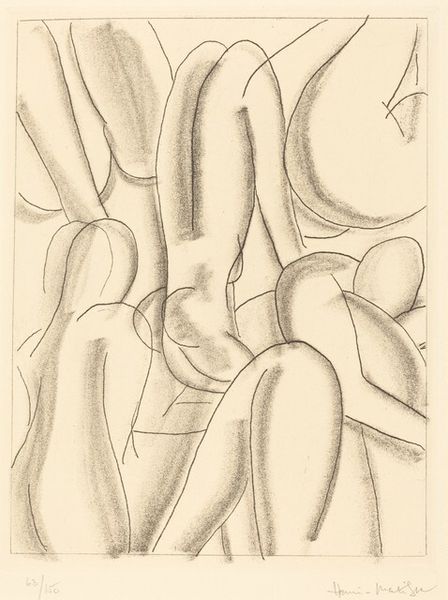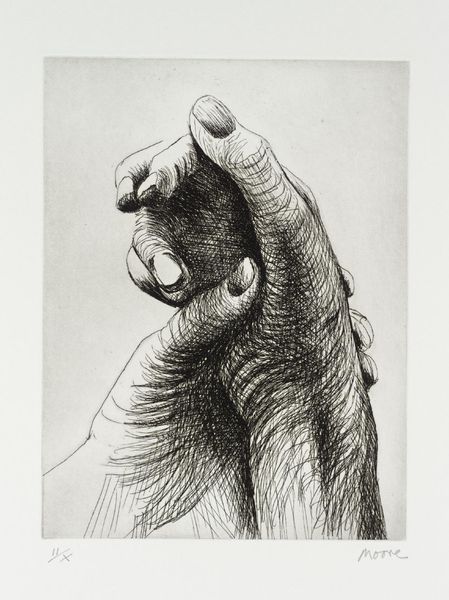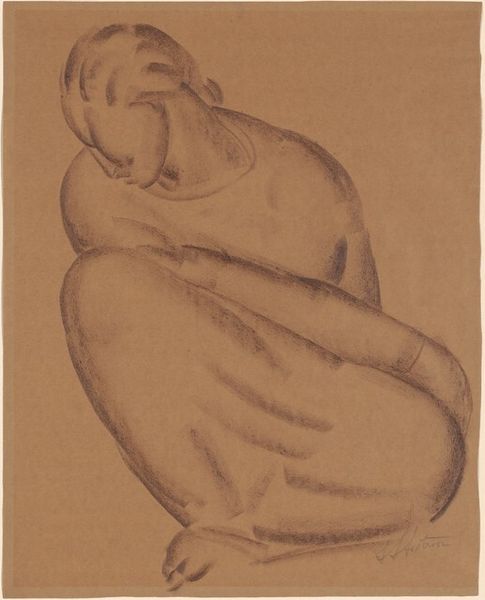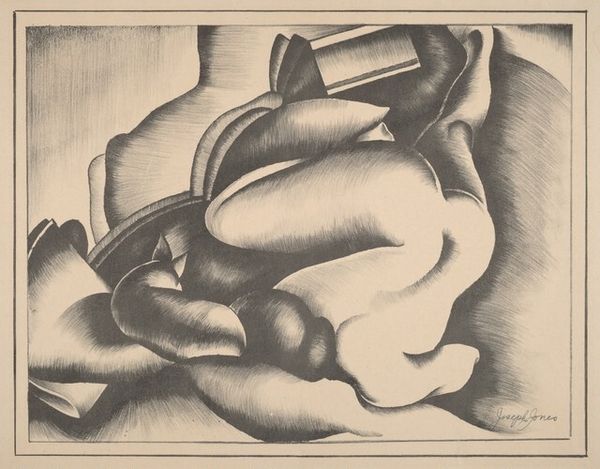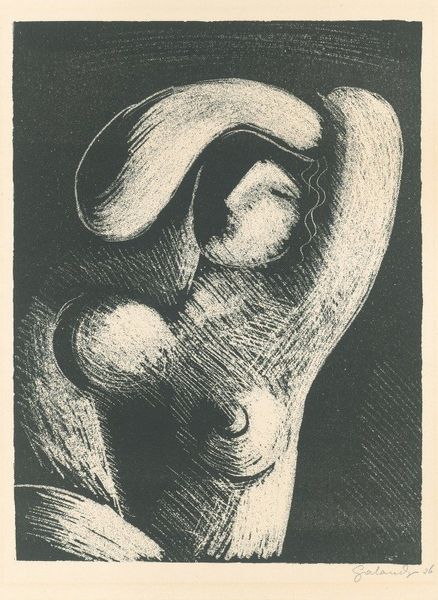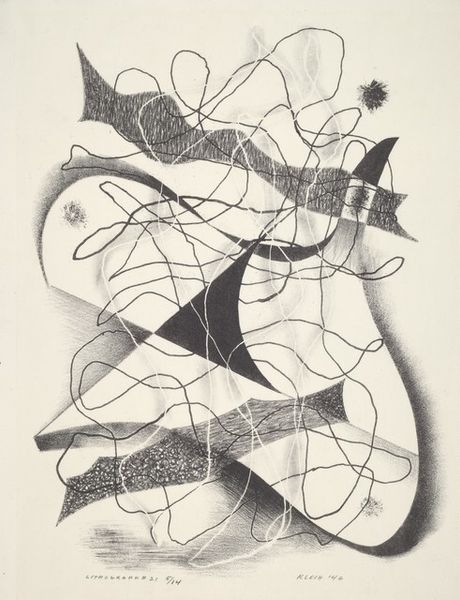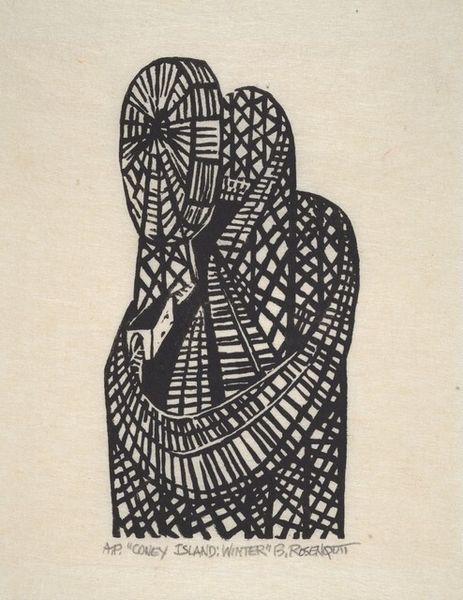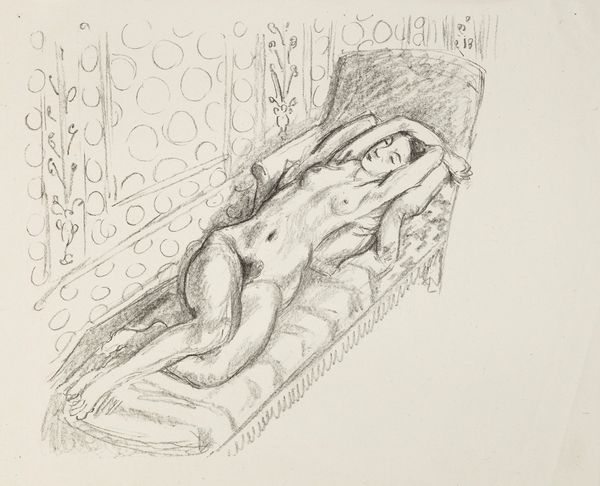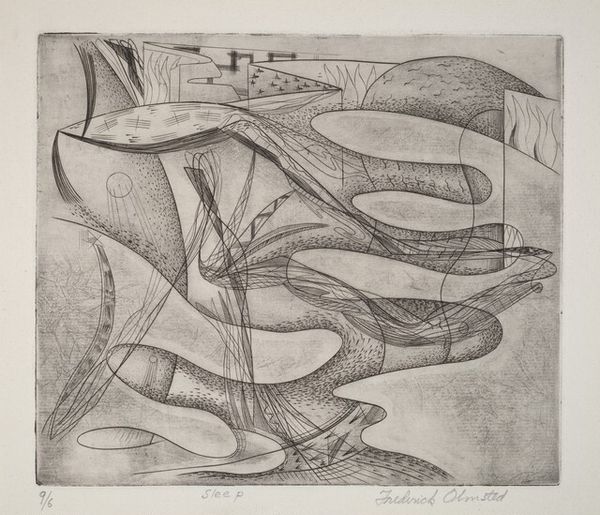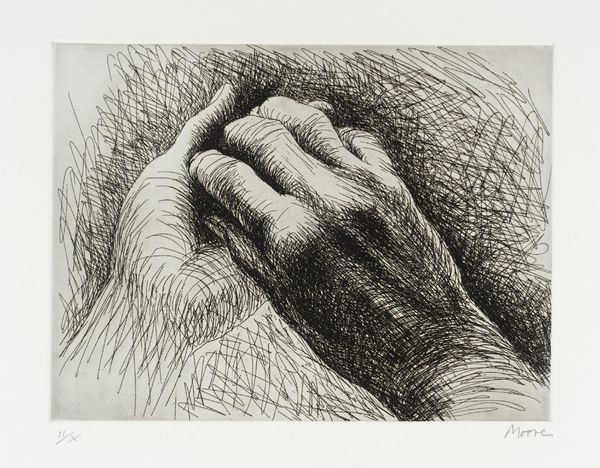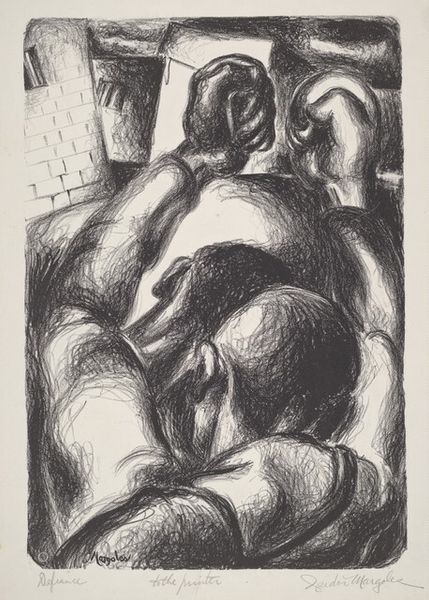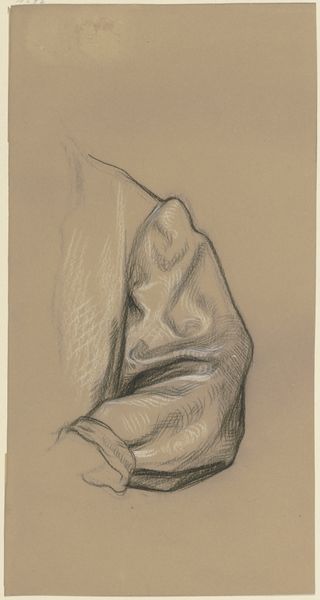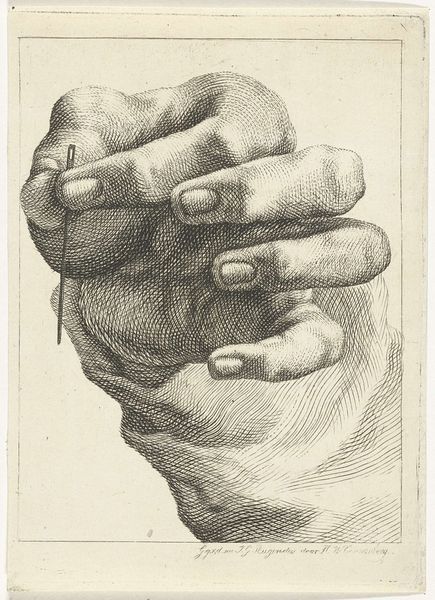
drawing, graphite
#
drawing
#
figuration
#
pencil drawing
#
line
#
graphite
#
realism
Copyright: Modern Artists: Artvee
Curator: We are looking at "Foot and Hands," a 1933 drawing by Fernand Léger. The piece appears to be rendered in graphite. What strikes you most about it? Editor: The immediate feeling is one of disquiet. The scale seems distorted. Is it meant to be grotesque, almost surgical? Curator: I see it more as a study in form and texture. Note how Léger uses tight, repetitive lines to create volume and shadow. There's a beautiful contrast between the smooth skin and the rough texture built by the pencil strokes. Editor: But those sharp, almost comb-like lines radiating from the foot? They feel aggressive. And consider the time; the 1930s was a decade of immense political upheaval. It feels naive to separate form from historical context. Curator: Are you suggesting the distorted anatomy is necessarily a reflection of the socio-political climate? Could it not simply be Léger exploring the limits of representation? Editor: Perhaps he is. But artists don't exist in a vacuum. These disconnected body parts – are they not evocative of the dehumanization and fragmentation of individuals in a society struggling through the Great Depression? Or preparing for another global conflict? Curator: I understand your point about socio-political readings. I, however, see more emphasis in how the composition experiments with a complex interplay of lines. It’s almost an exercise in abstracting reality through meticulous rendering. Consider its impact, despite a grayscale palette and everyday subject. Editor: Still, seeing a massive foot cradling hands, like some grotesque inversion of pietà, brings back my initial feelings of uneasiness. The precision doesn’t erase that disquiet for me. Curator: It seems we see quite different things in Léger's drawing! Your socio-political read gives historical gravitas; I am drawn to a technical and expressive rendering, using just pencil and paper. It certainly makes for a compelling paradox, and speaks volumes about the multifaceted nature of art itself. Editor: A fruitful exchange, indeed! Ultimately, art remains subjective, open to continuous interpretation and re-evaluation, isn’t it?
Comments
No comments
Be the first to comment and join the conversation on the ultimate creative platform.
